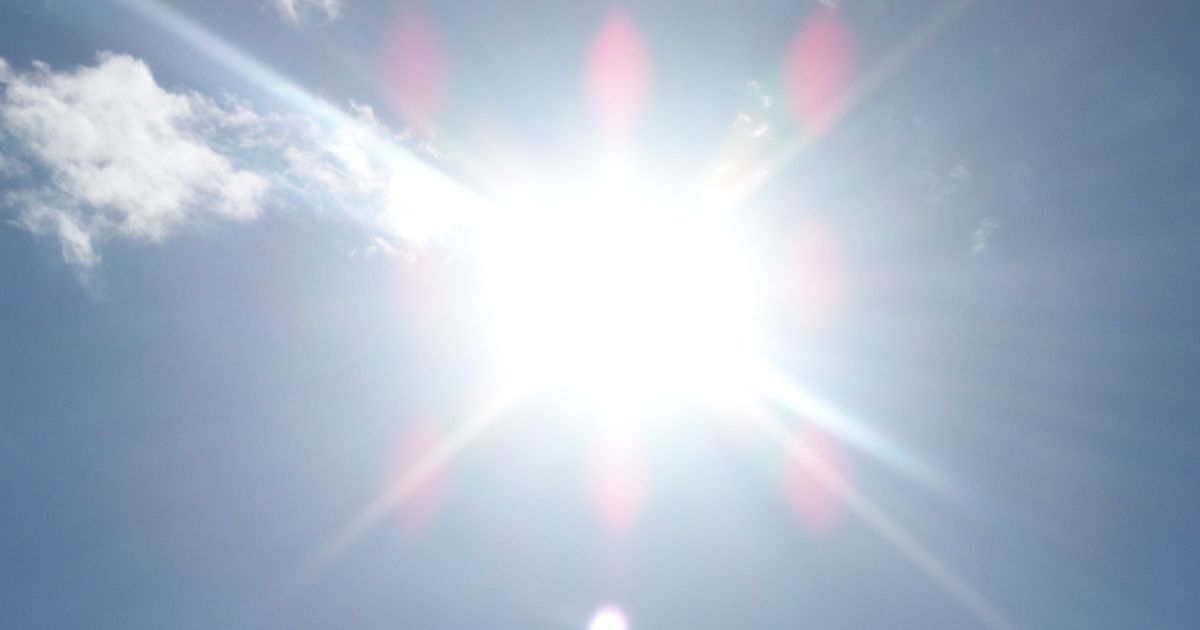What happens during autumnal equinox?

September 22 is the autumnal equinox in the northern hemisphere. This is a day when the hours of daylight and nighttime are approximately equal with 12 hours each.
According to PAGASA, the sunrise on Sunday was at 5:45 a.m. while the sunset is set to occur at 5:53 p.m.
"The time discrepancy is caused by atmospheric refraction enabling us to observe the sun minutes before it actually rises and sets," PAGASA said.
Another day with equal periods of day and night is the vernal equinox or spring equinox. It occurs in March.
After the autumnal equinox, the northern hemisphere is headed for longer nighttime as we head into the winter solstice in the third week of December. It is the day with the longest night of the year.
Meanwhile, the day with the longest period of daylight is called the summer solstice, which is in June.
Equinoxes and solstices occur due to the tilt on the Earth's axis, which is about 23.5 degrees relative to its plane of orbit around the sun. This causes locations on Earth to receive different amounts of sunlight during the year.
In the Philippines, the autumnal equinox also signals the coming of the Northeast Monsoon or Amihan.
—Hermes Joy Tunac/MGP, GMA Integrated News




